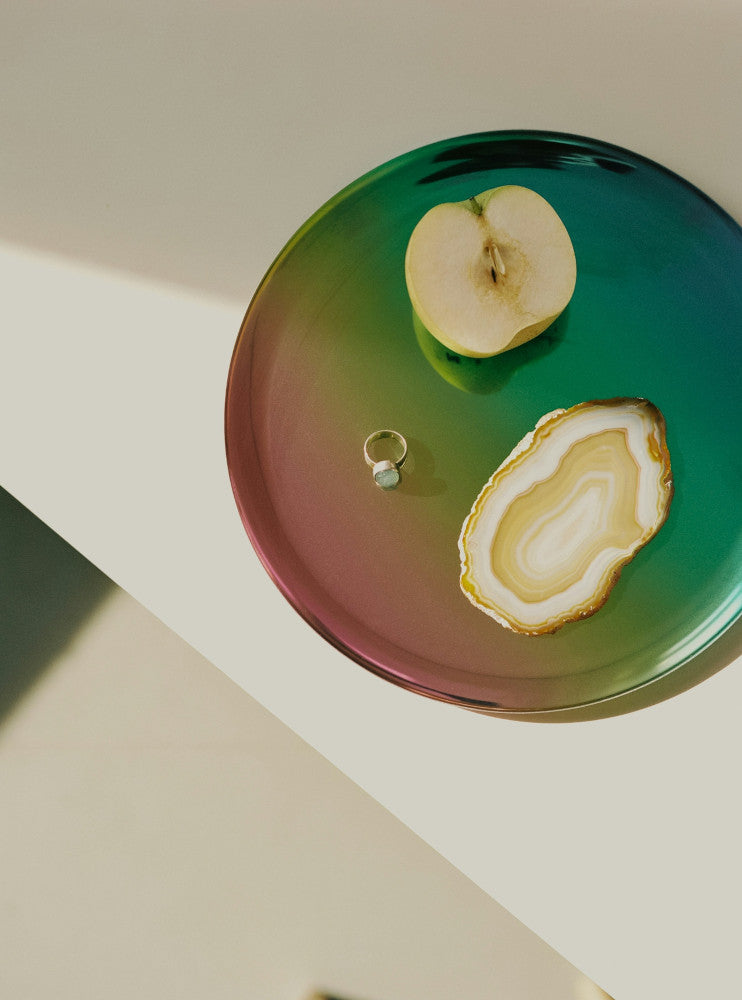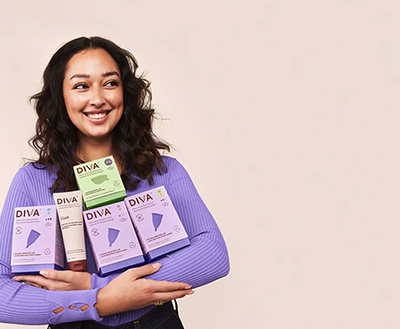

The human body is a complex and finely tuned system, and maintaining optimal health requires a delicate balance. One crucial aspect often overlooked is pH level, particularly in areas like the vagina. Vaginal pH plays a vital role in ensuring a healthy balance of bacteria, warding off infections, and supporting overall well-being.
Below we’ll explore the significance of vaginal pH, the fluctuating pH of vaginal fluids, and the potential impact of diet on maintaining this delicate balance.
Understanding Vaginal pH Balance
The pH scale measures the acidity or alkalinity of a substance, ranging from 0 to 14. A pH of 7 is considered neutral, while values below 7 are acidic, and those above 7 are alkaline. Vaginal pH levels are naturally acidic, with an average pH ranging from 3.8 to 4.5.
The acidic nature of the vagina serves two essential functions:
- Creates an inhospitable environment for harmful bacteria and pathogens, helping to prevent infections
- Supports the health and survival of vaginal flora like lactobacilli, which contributes to maintaining a balanced vaginal microbiome
This acidity is due to beneficial bacteria, such as lactobacilli, which produce lactic acid as a byproduct of their metabolism. The presence of lactic acid may help prevent infections like bacterial vaginosis (BV).
pH of Vaginal Fluids
While the overall pH of the vagina is acidic, the pH of vaginal fluids can vary throughout the menstrual cycle. The menstrual cycle consists of distinct phases, each characterized by hormonal fluctuations that influence the composition of vaginal fluids.
During the follicular phase (before ovulation), vaginal pH tends to be slightly higher, ranging from 4.5 to 5.5. As ovulation approaches, estrogen levels rise, leading to a decrease in pH, often reaching the lower end of the normal range. After ovulation, during the luteal phase, the pH may gradually increase again. These fluctuations are natural and contribute to creating an environment conducive to reproductive processes.
Impact of Diet on Vaginal pH
The idea that diet can influence vaginal pH is a topic that has gained attention in recent years. While there is ongoing research in this area, some studies suggest that certain dietary factors may have a subtle impact on the vaginal microbiota and healthy vaginal pH.
-
Probiotics and Fermented Foods: Probiotics are beneficial bacteria that promote a healthy balance in the gut and other bodily systems, including the vagina. Consuming probiotic-rich foods such as yogurt, kefir, and sauerkraut may help support the growth of lactobacilli in the vagina, contributing to a more acidic pH and reducing the risk of bad bacteria.
-
Hydration: Staying adequately hydrated is essential for overall health, and it may indirectly influence vaginal pH. Proper hydration supports the body's natural processes, helping maintain the balance of bodily fluids, including vaginal secretions.
-
Sugar and Processed Foods: Some research suggests that a diet high in sugar and processed foods may be associated with an increased risk of vaginal pH imbalances and vaginal infections. The theory is that these dietary choices may alter the microbial balance in the vagina, favoring the growth of harmful bacteria over healthy bacteria. However, more research is needed to establish a definitive link.
- Acidic and Alkaline Foods: While the pH of foods can influence the acidity or alkalinity of urine, there is limited evidence to suggest a direct impact on vaginal pH. The body's buffering systems are adept at maintaining stable pH levels in different bodily fluids, regardless of the pH of ingested foods. Higher pH foods (like artificially alkaline waters) will not directly raise the pH of the vagina, nor will acidic foods directly lower the pH of the vaginal environment.
Natural Remedy for Maintaining Vaginal Health
While diet may play a role in supporting overall vaginal health, it is crucial to approach the topic with a balanced perspective. The vagina is a self-regulating organ with a complex ecosystem influenced by several factors, including our hormones, hygiene practices, and sexual activity.
-
Practice Good Hygiene: Maintaining good personal hygiene is essential for preventing infections. This includes gentle cleansing around the area (never on or in the vagina) with mild, fragrance-free soaps and avoiding the use of harsh chemicals or douches that can disrupt the natural balance of the vagina.
-
Sexual Practices: Using barrier methods such as condoms during sexual activity can help prevent the introduction of harmful bacteria and maintain a healthy vaginal environment.
- Regular Check-ups: Routine gynecological examinations and screenings are crucial for monitoring vaginal health. If there are concerns about unusual symptoms or changes in vaginal discharge, seek medical advice.
Understanding the pH dynamics of the vagina and the factors that influence it is essential for maintaining optimal vaginal health. While there is ongoing research on vaginal pH, it's essential to approach this topic with caution and not oversimplify the complex interplay of factors that contribute to our vaginal health.
A holistic approach that respects the body's natural processes and is paired with informed lifestyle choices can contribute to a healthy and balanced vaginal environment.




















